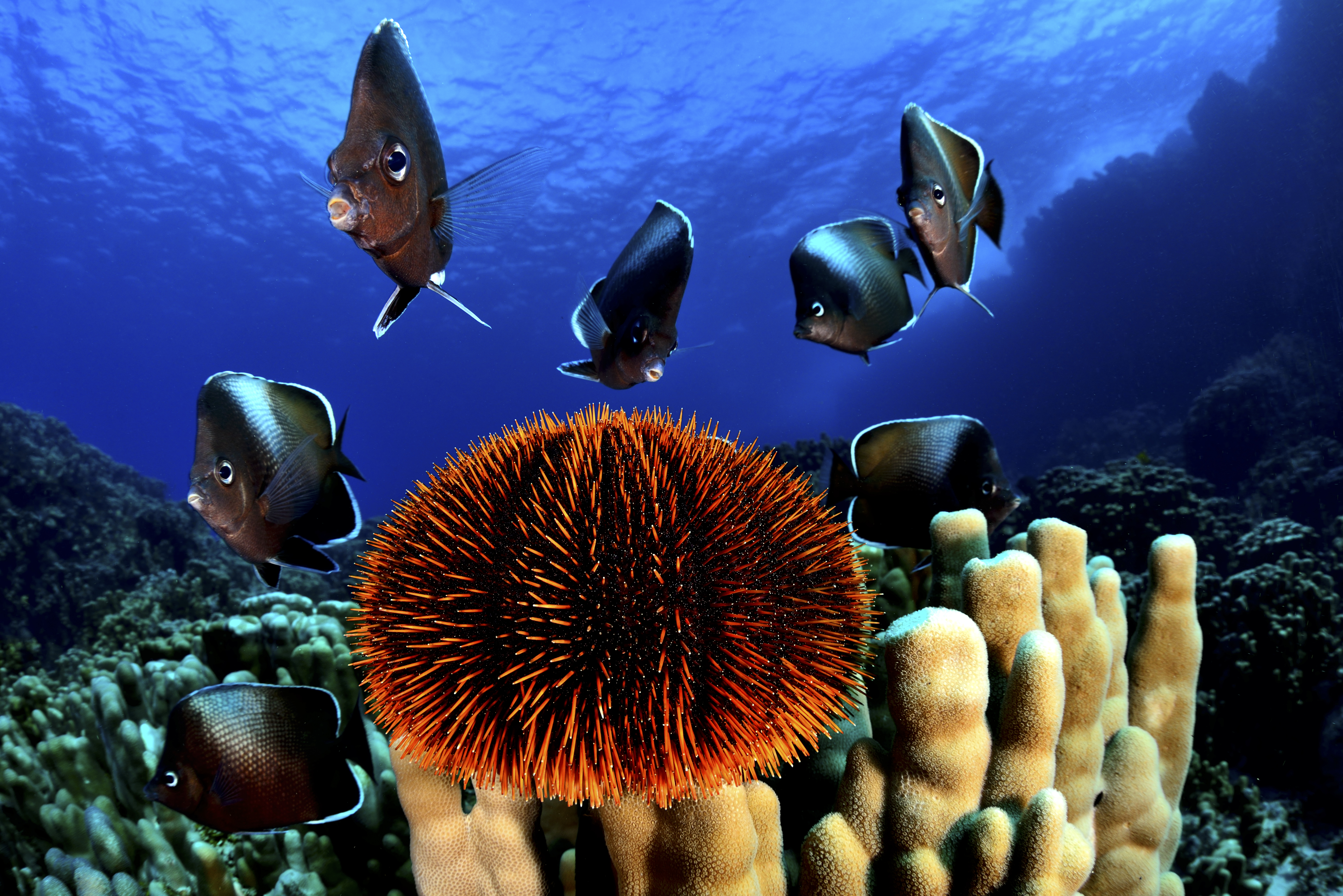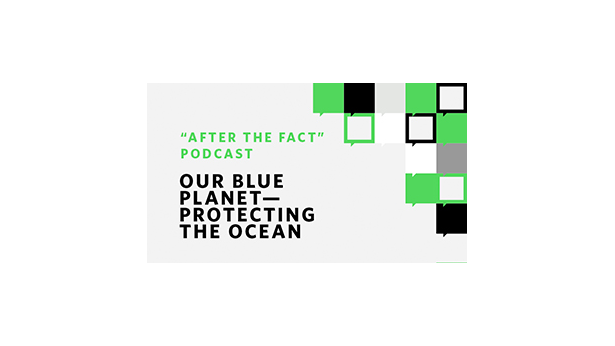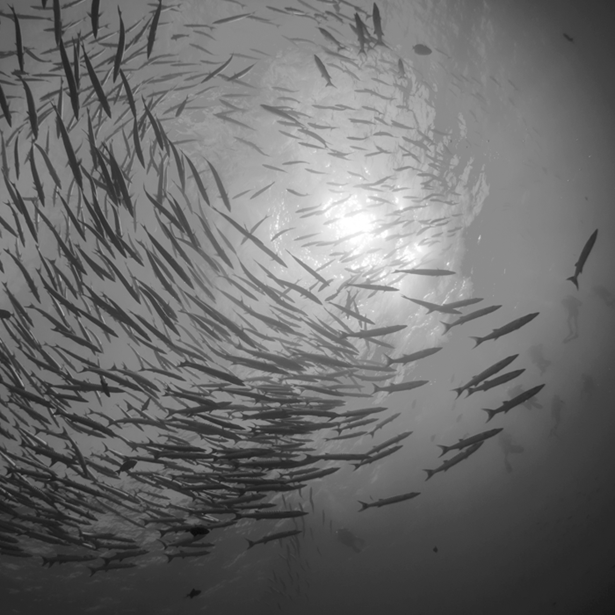Marine Reserves Can Help Oceans, and People, Withstand Climate Change
Study shows benefits extend beyond sea life to communities on land

In recent years, leading marine scientists have said that protecting large areas of the sea as oceanic reserves carries the added benefit of helping ocean life weather the impacts of climate change. Support for that claim was spread across numerous disparate studies—until now. In a 2017 study published in the Proceedings of the National Academy of Sciences, researchers from 10 institutions—including several Pew marine fellows and members of the Pew Bertarelli Ocean Legacy Project scientific advisory board—concluded that highly protected marine reserves have the potential to deliver climate resiliency benefits. Specifically, reserves help oceans and society adapt to five key climate-related impacts: ocean acidification, sea level rise, increased storm intensity, shifts in species distribution, and decreased productivity and oxygen availability.
This study shows that marine reserves can be climate reserves, especially when the protected areas are large, well-managed, in place for many years, and strict regarding what human activities are allowed.
For decades, experts have touted marine reserves as refuges for species facing population declines due to overfishing, pollution, coastal development, and other pressures. And the evidence has consistently shown that protected areas can help strengthen ecosystems and rebuild biodiversity.
The results of this study, led by Dr. Callum Roberts and Dr. Bethan O’Leary from the University of York in the United Kingdom, emphasize the urgent need for governments to implement climate-adaptation policies in order to safeguard the oceans and societies that depend on them. According to Roberts, these findings “show that to boost the resilience of ocean ecosystems, safeguard their wildlife, protect their capacity to support fisheries, provide coastal protection, and offer clean, healthy water, we must accelerate implementation of effective marine protected areas.”
The findings also reinforce the worldwide demand for stronger ocean protections. The International Union for Conservation of Nature (IUCN), at its 2016 World Conservation Congress, adopted a motion calling for protection of at least 30 percent of the ocean by 2030 to avert large-scale extinction of marine life. Governments are taking notice, and the movement to protect large expanses of ocean space is growing. In recent years, countries such as Chile, Mexico, Palau, the United Kingdom, and the United States have set aside huge swaths of ocean for protection.
Counteracting the combined impacts of overfishing, warming ocean waters, and rising acidity requires swift action. To date, about 5 percent of the ocean has been set aside for protection and just over 2 percent is highly protected, although there are commitments to raise the total coverage of protected areas to 10 percent by 2020. The IUCN has recommended protecting 30 percent of all marine habitats by 2030. Acting now, to put in place fully protected ocean space, is necessary to safeguard these ecosystems and the economic benefits they provide.
Marine reserves are noted to be a low-tech, cost-effective strategy in ocean conservation. This study clearly indicates that this conservation tool can yield multiple benefits beyond ocean conservation, on local, regional, and global scales. The establishment of marine reserves can help slow the effects of climate change and alleviate some of its expected hardships, such as reduced food security and sea level rise. Large, highly protected reserves can help ensure the future health of our ocean for communities whose livelihoods depend on it.
Matt Rand directs The Pew Bertarelli Ocean Legacy Project.









